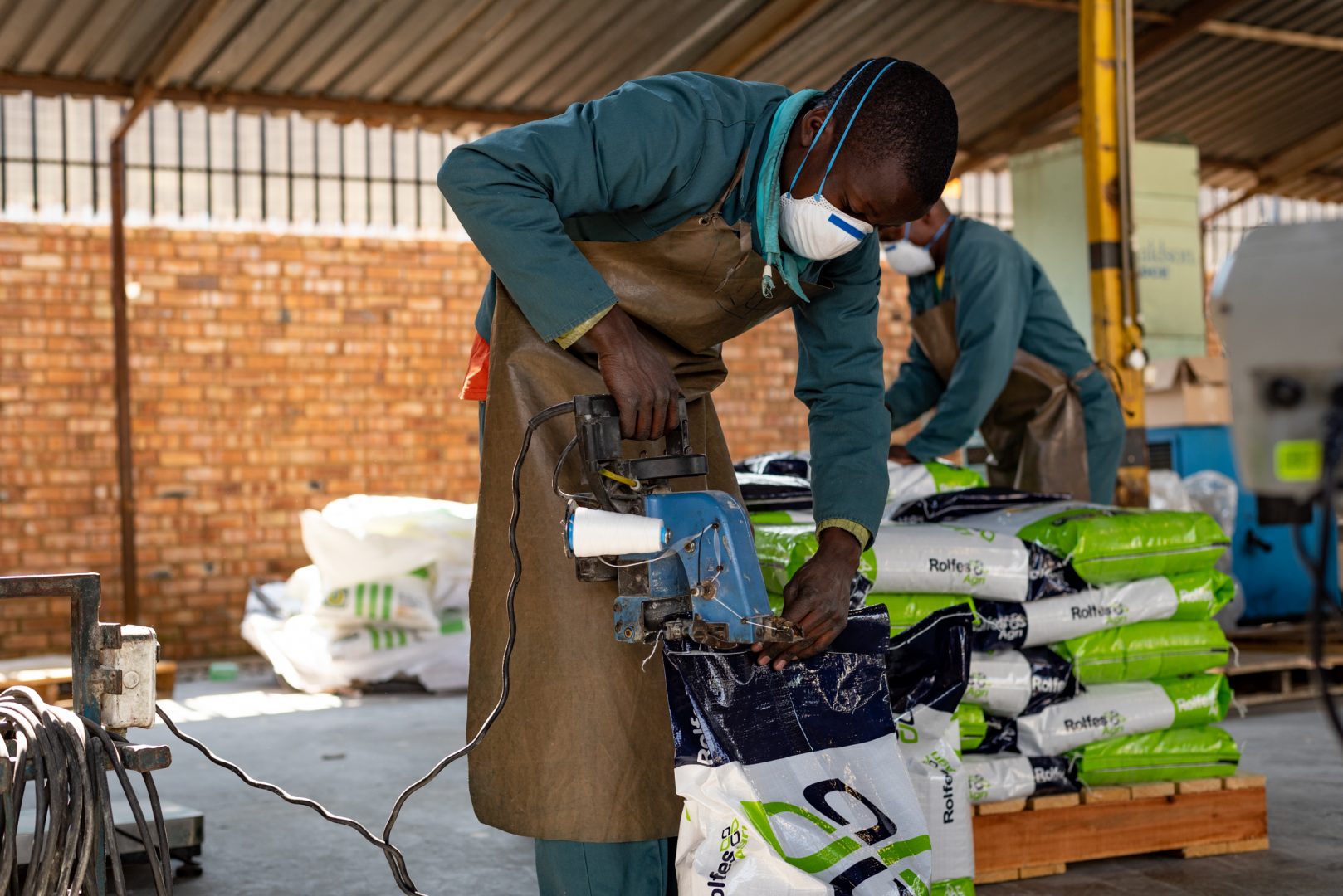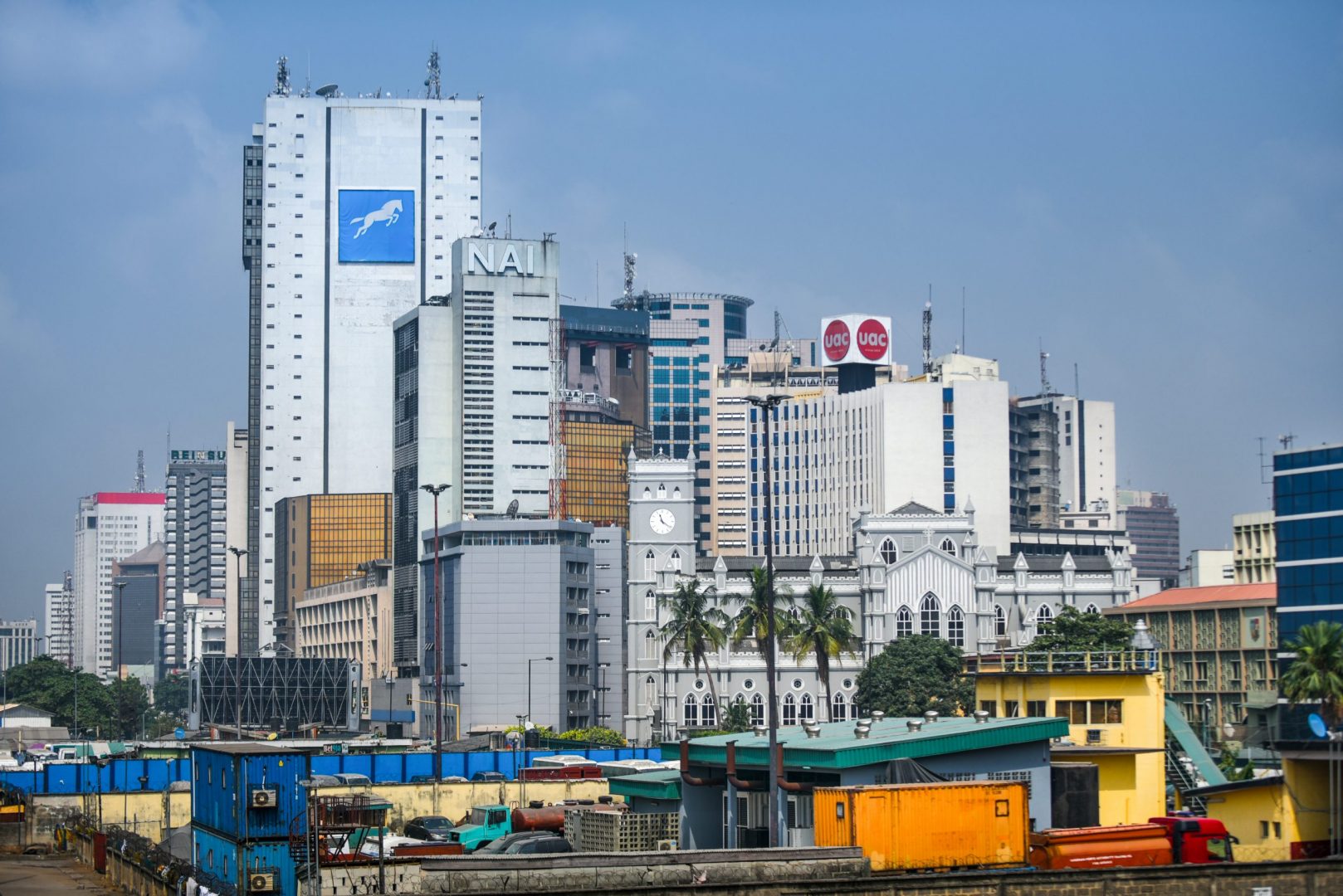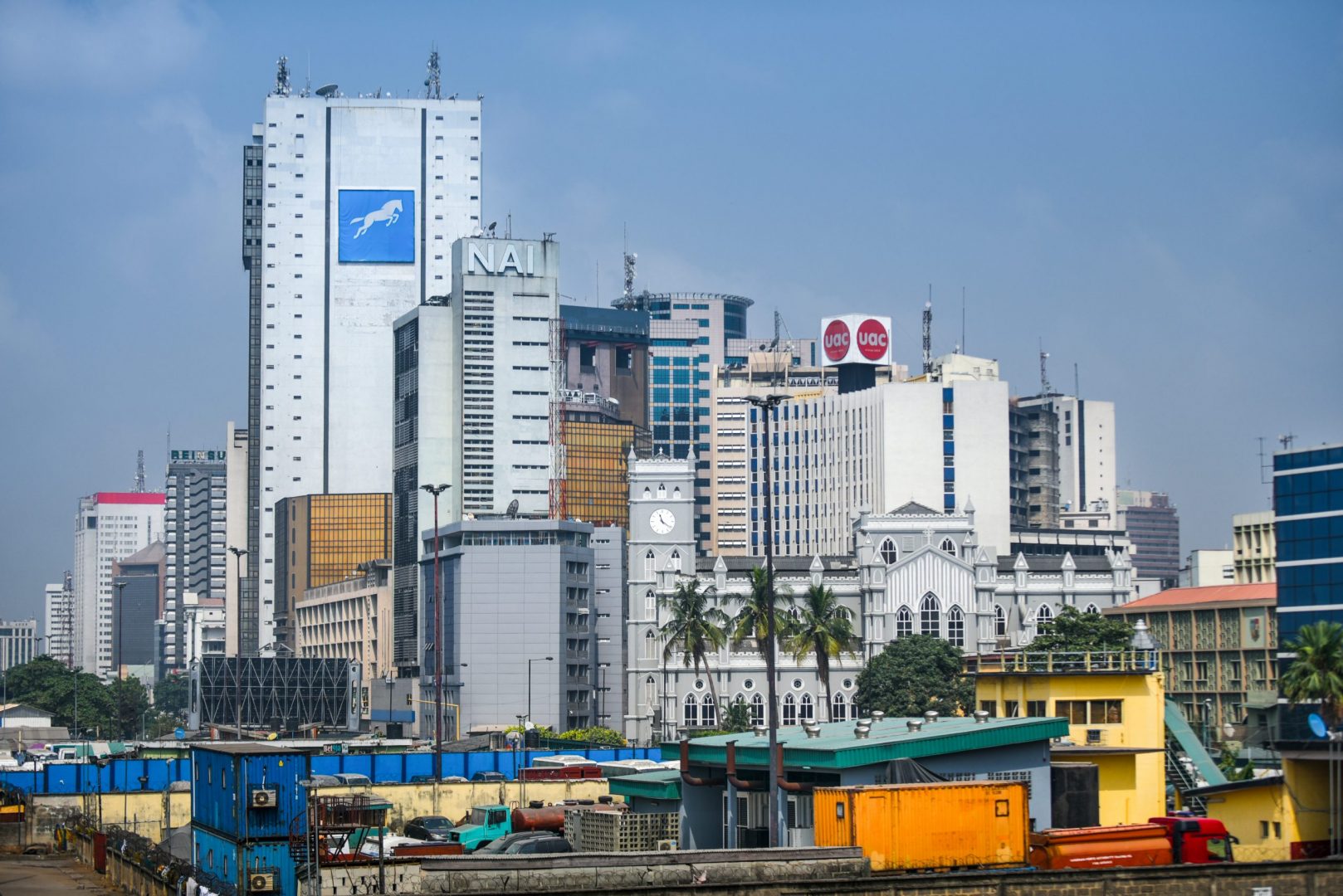We invest across all sectors but prioritise those that help further development. Our seven priority sectors have the strongest potential to create the most jobs for the capital invested, and contribute towards many of the SDGs. These sectors are infrastructure, financial institutions, food and agriculture, health, manufacturing, construction and real estate, and education.
In the first of our sector strategies, we set out why the financial institutions sector matters to us and what our investment priorities are.
The United Nation’s Sustainable Development Goals say nothing about financial services. Yet even the most fundamental of the 17 specified goals, such as eliminating hunger, cannot be achieved without a well-functioning financial sector.
The dependency is often direct. For example, the production and distribution of food requires farmers, transport companies and shop keepers to have access to capital. But it is also indirect.
The Sustainable Development Goals will not be achieved without broad-based economic growth. And this, in turn, cannot be achieved without financial institutions that facilitate payments, provide savers with somewhere safe to keep their money and direct capital to the enterprises that need it. The financial sector is as important to a country’s development as infrastructure such as roads and electricity.
Hence CDC’s investment in the financial sectors of our target countries. We aim to direct capital to enterprises that will promote financial inclusion or improve the performance of the financial sector – for example, by reducing operating costs or extending the range of services available. These broad goals are translated into five “investment themes”, to which we direct capital through a variety of products and channels.
To find out more about our approach, read our sector strategy.













